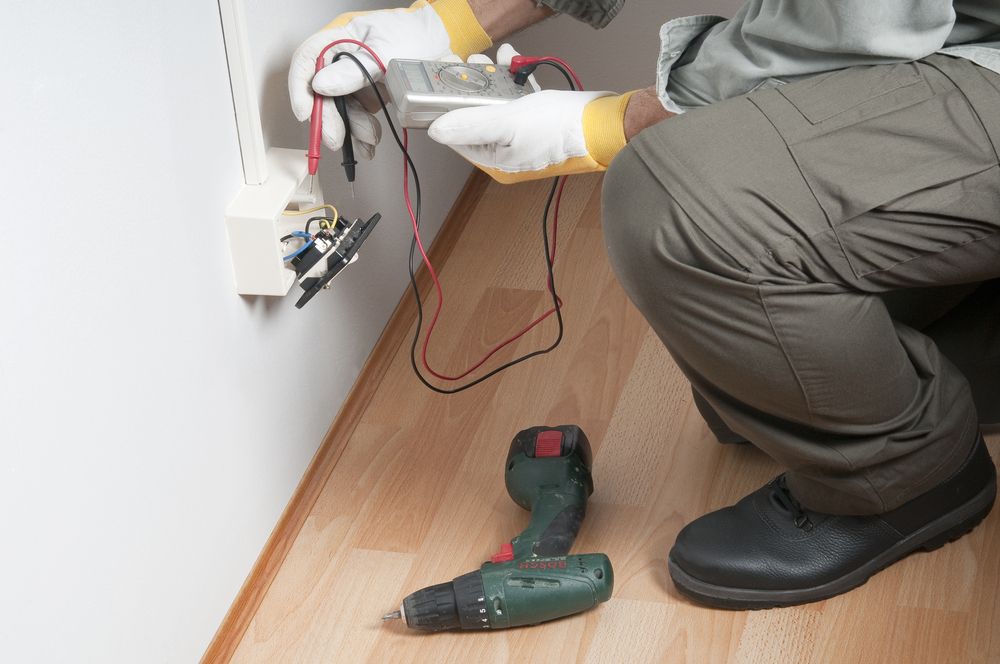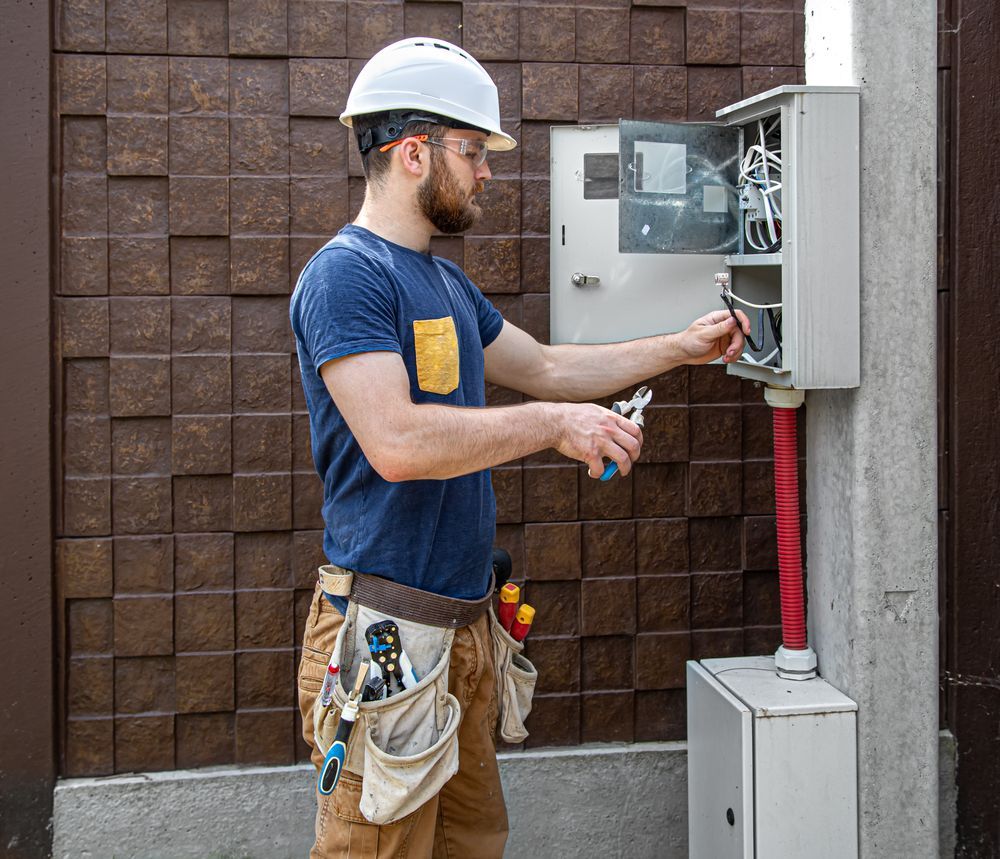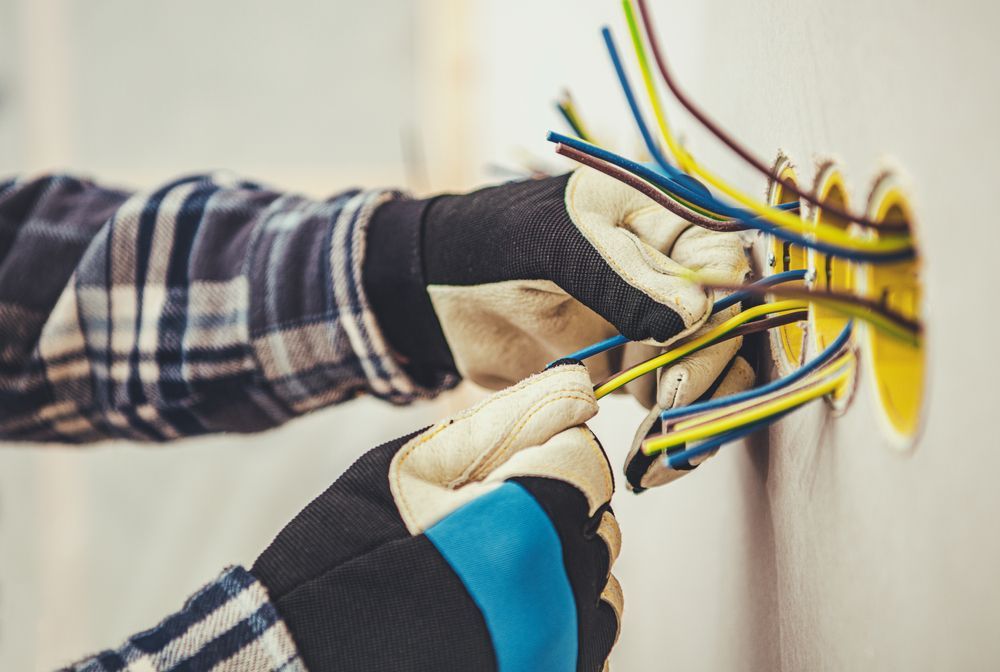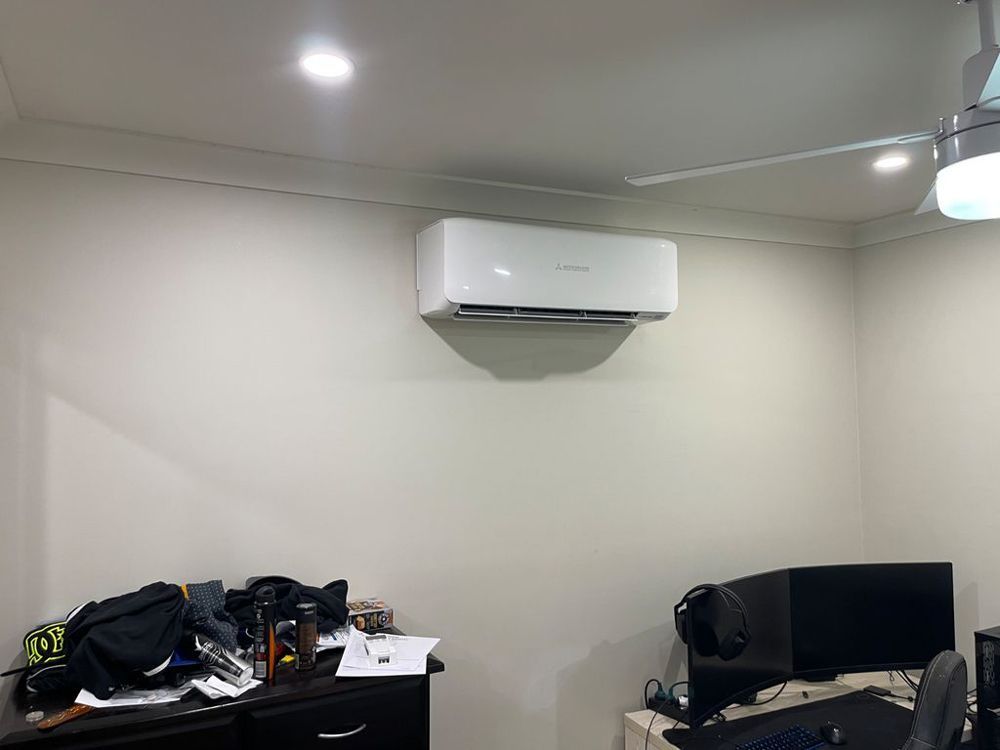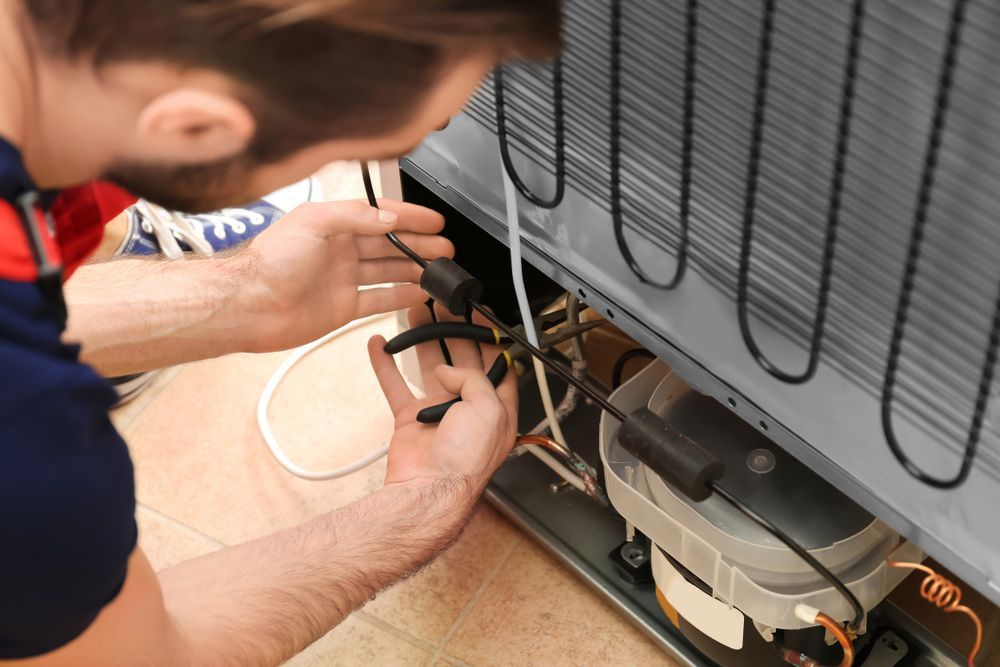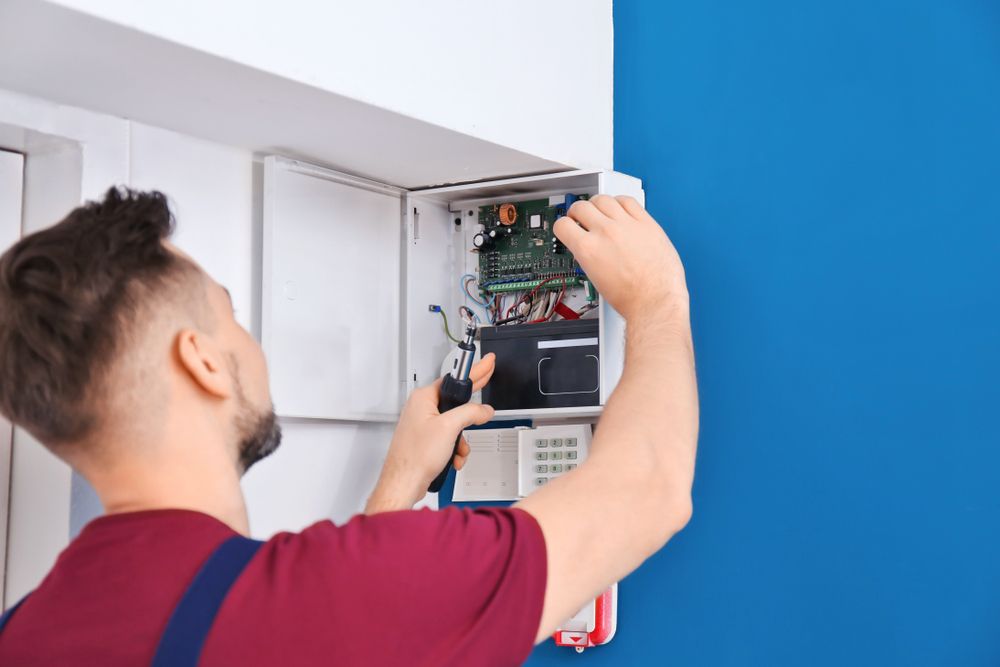Preparing for Power Outages: Advice From Your Local Electrician
Power outages are an inevitable part of modern life. Whether triggered by severe storms, equipment failure or planned maintenance, blackouts can disrupt routines and place households at risk. The good news is that a little foresight and preparation can go a long way. With insights from your local electrician, here’s how to get your home and family ready to manage unexpected power loss safely and efficiently.
Understand the Causes of Outages
Power outages stem from a variety of sources. Harsh weather such as storms, floods and bushfires are frequent culprits, often damaging poles and overhead lines. Additionally, trees falling on wires or vehicles striking poles can result in unexpected service interruptions. While these incidents may be short-lived, the damage they cause can lead to prolonged repair times.
Other common causes include ageing infrastructure and faults within the electrical grid. As population and power usage increase, older systems are pushed to their limits. Blackouts can also be the result of human error during routine maintenance. As your local electrician would explain, prevention depends on both individual preparedness and broader infrastructure upgrades.
Demand overload is another key factor. The grid struggles to keep up with high electricity usage, sometimes leading to brownouts—intentional drops in voltage. Using energy-efficient lighting, such as LED bulbs that only consume around 10 watts of power, according to Energy Sage, helps reduce demand and ease pressure on the grid.
Recognise the Different Types of Power Outages
Outages come in three primary forms—blackouts, brownouts and permanent faults. A blackout is a total loss of power, typically widespread and caused by major system faults or severe weather. These can last hours or days. Brownouts involve a dip in voltage and usually occur when demand exceeds supply, making them potentially harmful to sensitive electronics.
Permanent faults, while less common, occur when a specific component like a transformer fails. These usually affect smaller areas and require a local electrician or utility technician to resolve. Understanding which type of outage you're dealing with allows you to take appropriate measures and protect your home effectively.
Compare Short-Term and Long-Term Power Cuts
Short-term outages are more common and easier to handle. Stocking up on essentials like torches, batteries and shelf-stable food is often enough to wait them out comfortably. Keeping mobile devices charged can also ensure ongoing communication if power cuts out unexpectedly.
Long-term blackouts, however, require more robust preparation. In these cases, you may need access to backup power for essential appliances. Generators, solar battery systems and alternate cooking methods such as gas stoves or barbecues can keep your household functional. Your local electrician can advise on safe generator installation and how to prioritise energy use during extended cuts.
Manage the Impact on Daily Life
Losing electricity affects more than just lights. It can shut down heating or cooling, compromise refrigeration and limit communication. For families reliant on medical equipment, power cuts pose a genuine threat. Without proper planning, outages can create dangerous and stressful conditions.
There’s also a mental toll. Uncertainty about when power will return often leads to anxiety, particularly among children or vulnerable adults. Creating a calm environment with access to familiar comforts—like games, books or battery-operated entertainment—can ease the strain. Your local electrician might recommend using LED lighting for energy efficiency and prolonged battery life during outages.
Protect Household Electronics and Wiring
Power surges and sudden voltage changes are common during outages or when power is restored. These fluctuations can damage televisions, computers, routers and appliances. Installing surge protectors can reduce the risk significantly.
Additionally, inspect your home’s wiring for signs of wear or outdated installations. Overloaded circuits and exposed cables are hazards that should be addressed by a local electrician. Regular checks and updates ensure your system can handle both daily use and emergency demands.
Assemble a Reliable Emergency Kit
Every home should have a ready-to-go emergency kit. Include torches, spare batteries, bottled water, non-perishable food, a first-aid kit, necessary medications and hygiene items. A battery-operated radio can help keep you informed if mobile signals drop out. Include manual tools like can openers and a printed contact list of emergency services.
For households with specific needs, such as infants, elderly relatives or pets, tailor the kit accordingly. Your local electrician might also recommend including a power bank or rechargeable LED lanterns to maintain light during longer blackouts. Store everything in a waterproof container in an accessible area known to all household members.
Establish a Family Communication Plan
Communication is key in any emergency. Decide in advance how your family will stay connected. Set a meeting point in case you’re separated and establish who will be responsible for checking the emergency kit or helping pets or vulnerable individuals.
Ensure everyone knows how to use devices sparingly to conserve battery life. Write down important numbers in case phones run out of power. Encouraging practice drills with children can make a huge difference in ensuring calm, coordinated action during the real thing.
Secure Backup Power Options
Generators offer a practical way to power essential appliances during blackouts. Speak with a local electrician to assess the size and type you need. Whether it’s a petrol-fuelled backup or a solar-powered system with battery storage, ensure it’s installed correctly and tested regularly.
Solar energy systems, although more expensive upfront, can provide clean, sustainable backup power. When paired with energy-efficient tools—like LED lights or smart plugs—they reduce your reliance on the grid and lower the risk of outages affecting your home.
For smaller-scale needs, consider keeping portable battery packs and rechargeable lights on hand. These are handy for mobile devices, radios and even electric blankets or fans in a pinch.
Identify Safe Areas in the Home
Designate specific safe zones in your home where the family can gather during extreme weather or prolonged blackouts. These should be away from windows and have minimal clutter. Hallways, internal rooms or basements can serve this purpose.
Stock these areas with emergency supplies and ensure everyone knows how to access them. If candles are used, never leave them unattended—opt for battery-powered options whenever possible. Your local electrician can help you assess the safest areas in your home based on your electrical layout and building structure.
Plan for Special Needs and Pets
Outages are particularly challenging for households with special requirements. If you rely on powered medical equipment, speak with your local electrician about reliable power backup options and surge protection. Keep extra supplies of any essential medications or items that require refrigeration.
Pets also need consideration. Maintain an emergency stash of food, bedding and comfort items. Identify a quiet space where they can feel secure, especially if noisy weather is involved. Assign responsibility among family members to ensure everyone—furry friends included—is looked after.
Check Electrical Systems Proactively
Preventative maintenance plays a big role in minimising the impact of power disruptions. Schedule regular inspections of your home’s switchboard, wiring and circuit breakers. Look for scorch marks, signs of moisture, unusual noises or inconsistent appliance performance.
A qualified local electrician can help assess whether your system is up to current standards. Upgrades to outdated fuse boxes, installing smart surge protection or setting up home battery systems can offer peace of mind and better functionality during emergencies.
Power outages may be unavoidable, but they don't have to catch you off guard. With the help of a trusted local electrician, you can take practical steps to safeguard your family, protect your devices and stay connected when the lights go out.
Preparedness is more than just candles and canned food—it’s about creating a thoughtful, proactive plan that addresses comfort, safety and functionality. From installing surge protectors and solar batteries to developing a family emergency plan, your
local electrician can guide you through the process with expert advice and reliable service. Don’t wait until the power’s out to act—call Entire Trades today and make sure your home is ready for whatever comes next.

